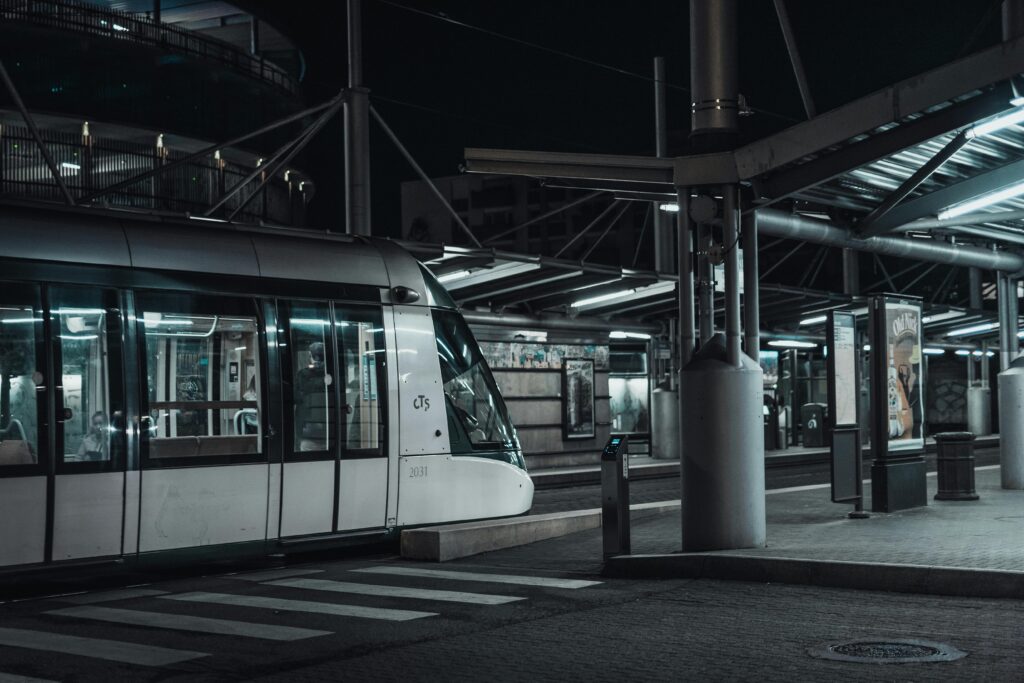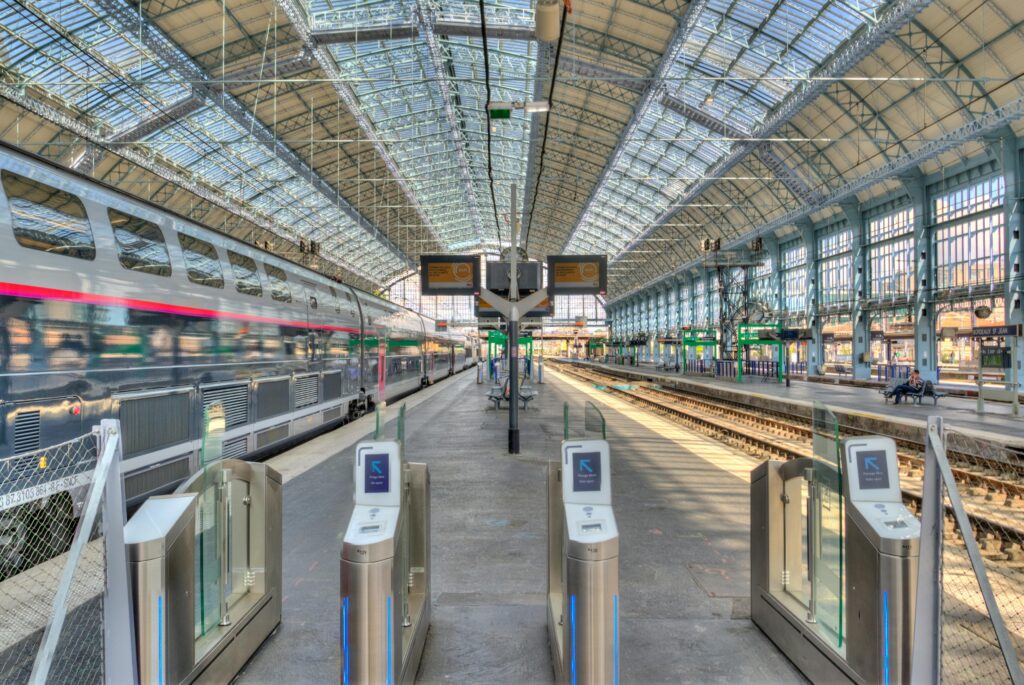On December 24, 2024, a heartbreaking incident on France’s railway network shocked the nation. A train driver tragically took their own life near Paris, leading to widespread train disruptions during one of the busiest travel times of the year—Christmas Eve. Thousands of passengers heading home for the holidays faced unexpected delays and cancellations, highlighting deeper issues within the railway industry and society at large.

The Immediate Impact on Christmas Travel
The incident occurred on the high-speed TGV lines connecting Paris to Lyon, a vital corridor for holiday travelers. Following the tragedy, France’s national rail operator, SNCF, had no choice but to reroute or cancel multiple trains. Passengers were left scrambling for alternative transportation, while train stations became congested with travelers looking for information.
SNCF urged travelers to monitor updates and exercise patience as they navigated the delays. While this was a logistical nightmare for passengers, the tragedy brought attention to a persistent and sobering challenge for railways worldwide—suicides on the tracks.
The Hidden Crisis: Railway Suicides in France
Railway suicides are an ongoing concern in France. The country’s suicide rate, at over 16 people per 100,000, is among the highest in Europe, with railway settings frequently chosen due to their perceived lethality and accessibility.
This is not the first time the French rail network has grappled with such a crisis. In 2012, the country saw an “unprecedented wave” of railway suicides, raising alarm bells across the industry. These incidents have lasting consequences not just for passengers and the railway network but also for train operators who are often left traumatized.

The Psychological Toll on Train Drivers
For train drivers, witnessing suicides on the tracks can be devastating. Many develop post-traumatic stress disorder (PTSD) and require long-term mental health support. Rail operators like SNCF provide counseling and peer-support programs, but the emotional scars often linger.
“I’ll never forget the faces I’ve seen,” shared a former train operator in a 2022 interview. “We need more mental health resources, both for drivers and those considering such a tragic end.”
What Can Be Done to Prevent Railway Suicides?
Preventing railway suicides is a complex challenge that requires a multifaceted approach:
- Physical Measures: Installing barriers and surveillance cameras at high-risk areas can deter attempts.
- Mental Health Awareness: Public campaigns encouraging people to seek help and normalizing mental health treatment can reduce stigma.
- Crisis Intervention: Hotlines and support systems must be made easily accessible.
- Responsible Media Reporting: Avoiding sensationalism in suicide coverage can help prevent copycat incidents.
Rail operators and policymakers have implemented some of these strategies with varying success. However, addressing the underlying mental health crisis remains crucial.

FAQs: Railway Suicides and Their Impact
1. Why do people choose railways for suicide?
Railways are often chosen because they’re perceived as quick and certain. Accessibility to tracks also plays a role.
2. How are train drivers affected by such incidents?
Drivers often experience trauma, leading to conditions like PTSD. Counseling and peer-support programs aim to provide relief.
3. How do incidents like these disrupt train services?
Railway suicides cause delays and cancellations while authorities investigate and clear the tracks. This can result in significant disruptions for passengers.
4. What steps are being taken to prevent railway suicides?
Efforts include installing physical barriers, improving surveillance, running awareness campaigns, and increasing access to mental health resources.
5. Is France’s suicide rate higher than other countries’?
Yes, France’s suicide rate is higher than countries like the UK and Spain, but it’s on par with global averages in developed nations.
Final Thoughts
This tragic incident is a stark reminder of the hidden struggles many face and the ripple effects their choices can have on society. Beyond the logistical disruptions, the story calls for greater investment in mental health resources, both within and outside the railway industry.
If you or someone you know is struggling, don’t hesitate to reach out for help. Lifelines and support systems are there to offer hope when it feels like all is lost.
Sources France24


